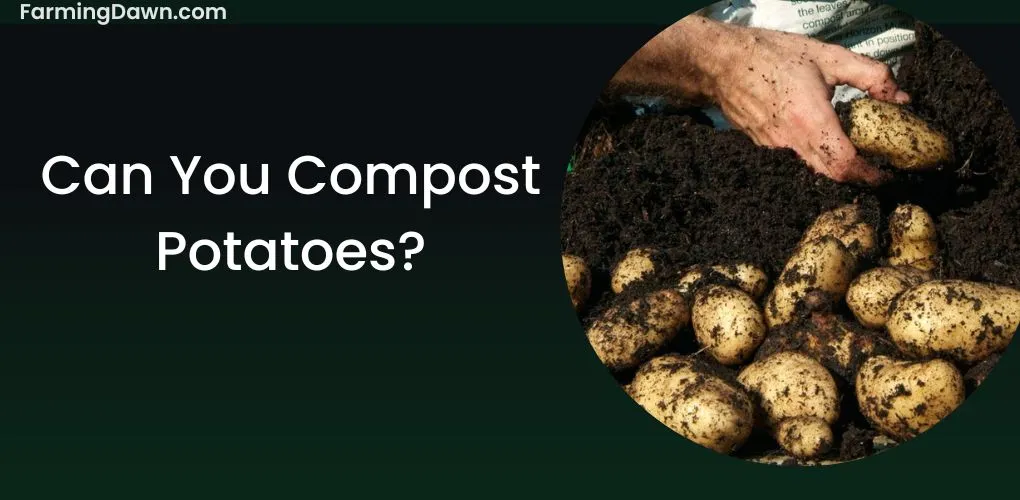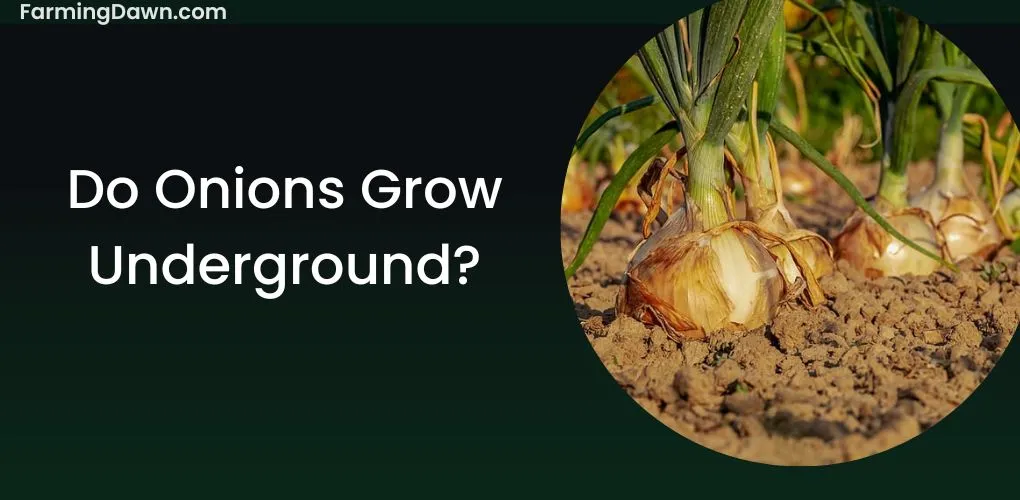Tomato plants are an integral part of many indoor gardens, but they require regular maintenance to remain healthy. Pruning is essential for the growth and productivity of your tomato plant since it helps shape the plant into a bushy structure that produces more fruit.
In this article, we’ll discuss why pruning is important for tomato plants and provide step-by-step instructions on how to prune indoor tomato plants in an organic and sustainable way. We’ll also explore some techniques for aftercare so that your vegetables stay happy and productive long-term.
Why Prune Indoor Tomato Plants?
Pruning is a great way to ensure your potted garden remains healthy and vibrant. When it comes to tomatoes, pruning helps maintain the desired shape of the plant, encourages new growth, and improves airflow around the leaves.
This helps prevent diseases that can occur from too much moisture in the air or when parts of the plant are blocking light from other areas. Pruning tomato plants also promotes better yields since more energy is devoted to growing fruit instead of foliage.
According to research conducted by Cornell University, pruned tomato plants can produce up to twice as much fruit as unpruned ones! If you want to reap all the benefits of growing an indoor tomato plant, then understanding how to properly prune your plants is key.
When to Prune Indoor Tomato Plants?
Pruning your tomato plants is an important part of their growth cycle and should be done at the right time for the best results. It’s essential to prune your tomato plants before they become too large, as this will increase air circulation and sunlight exposure, resulting in healthier foliage and more tomatoes.
When it comes to pruning indoor tomato plants, you want to start when the plant reaches about 3-4 feet tall – usually between mid-spring and early summer. At this point, it’s a good idea to identify any dead or damaged branches that need removing, as well as any branches that are growing too close together or rubbing against each other.
How to Identify Which Branches to Prune?
Knowing which branches to trim off your plant can be tricky, but with the right guidance, you’ll have healthier foliage and more fruit in no time!
To identify which branches, need pruning, look for dead or damaged leaves, stems that are growing horizontally instead of vertically, and suckers that have grown between two branches. If any of these are present on your plant, it’s a sign that it needs some pruning.
How To Prune Indoor Tomato Plants?
Gaining an understanding of the proper pruning techniques can help you ensure your plants get the best care, so take some time to learn how to correctly trim and shape them.
Before pruning, make sure you have all your tools ready. The tools you will need are:
- garden shears or a sharp knife.
- Gardening gloves.
To start the pruning process, aim to cut at a 45-degree angle just above a node or leaf, as this is where new growth will occur. Prune away dead branches and unhealthy-looking leaves immediately as they can spread disease throughout the plant.
When it comes to shaping your indoor tomato plants, make sure that the lower branches don’t get too leggy; if they do, simply cut back to encourage bushier growth.
As tomatoes are prone to getting too big in indoor pots, consider removing some of the sides shoots on indeterminate varieties (the ones that keep growing) in order to keep them short and manageable.

Aftercare for Pruned Indoor Tomato Plants
After pruning your plants, it’s important to provide them with the proper aftercare to keep them thriving! An organic, sustainable approach is best for tomato plants.
Water your pruned plants deeply and consistently, making sure that the soil doesn’t dry out between waterings.
- Avoid over-watering as this can lead to root rot.
- Place the potted plant in an area of your home that gets lots of bright indirect light ranging from 60-80 degrees Fahrenheit (15-27 degree Celsius).
- You may also want to consider adding a nutrient-rich fertilizer every few weeks or so during the growing season.
- Make sure you are keeping an eye on pests and diseases.
- Be mindful of how much space each plant has; overcrowding can stunt growth as there won’t be enough room for each plant to develop its full potential.
With a little bit of love and care, you’ll have delicious homegrown tomatoes before you know it!
See more: How to prune celebrity tomato plants?
Conclusion
By understanding the why, when, and how of pruning tomatoes, you can maintain healthy plants that yield abundant fruit. Pruning techniques like pinching back shoots and removing suckers will help your plant stay strong – plus it’s an easy way to practice organic gardening.
When done correctly, pruning your indoor tomato plants is as natural as photosynthesis and rewarding too! So don’t be afraid to get out there and start snipping – with the right care and attention your tomato plants will thank you for years to come.







